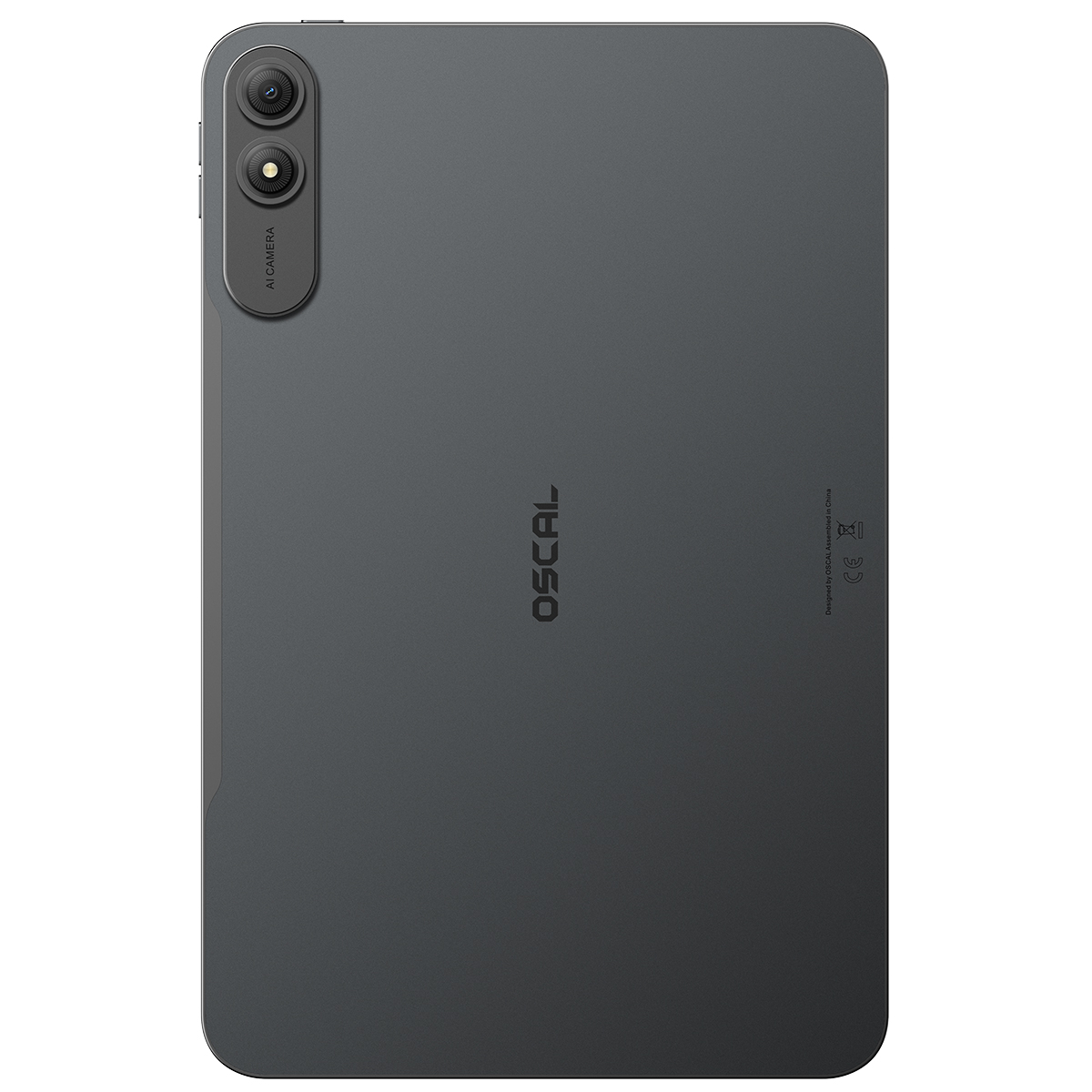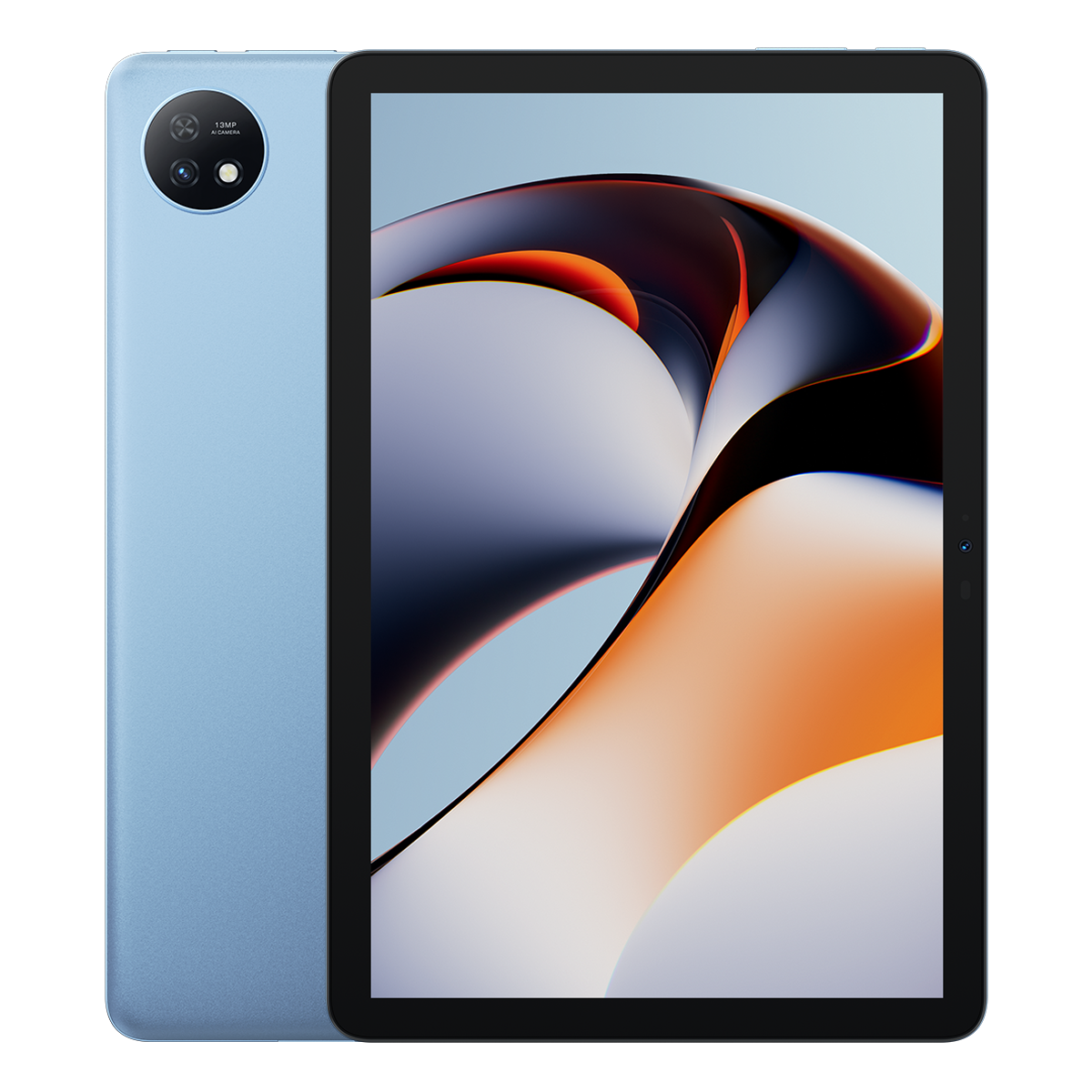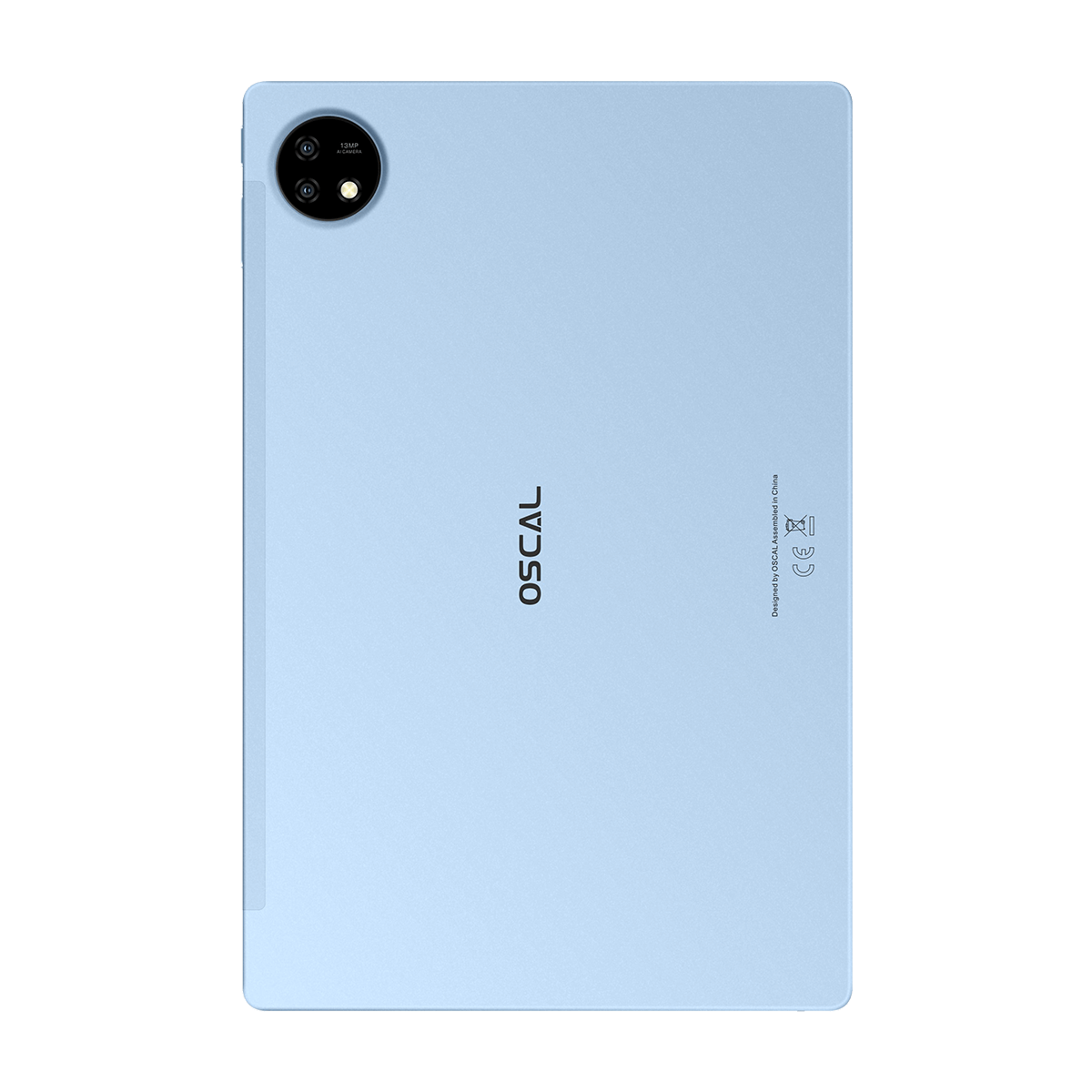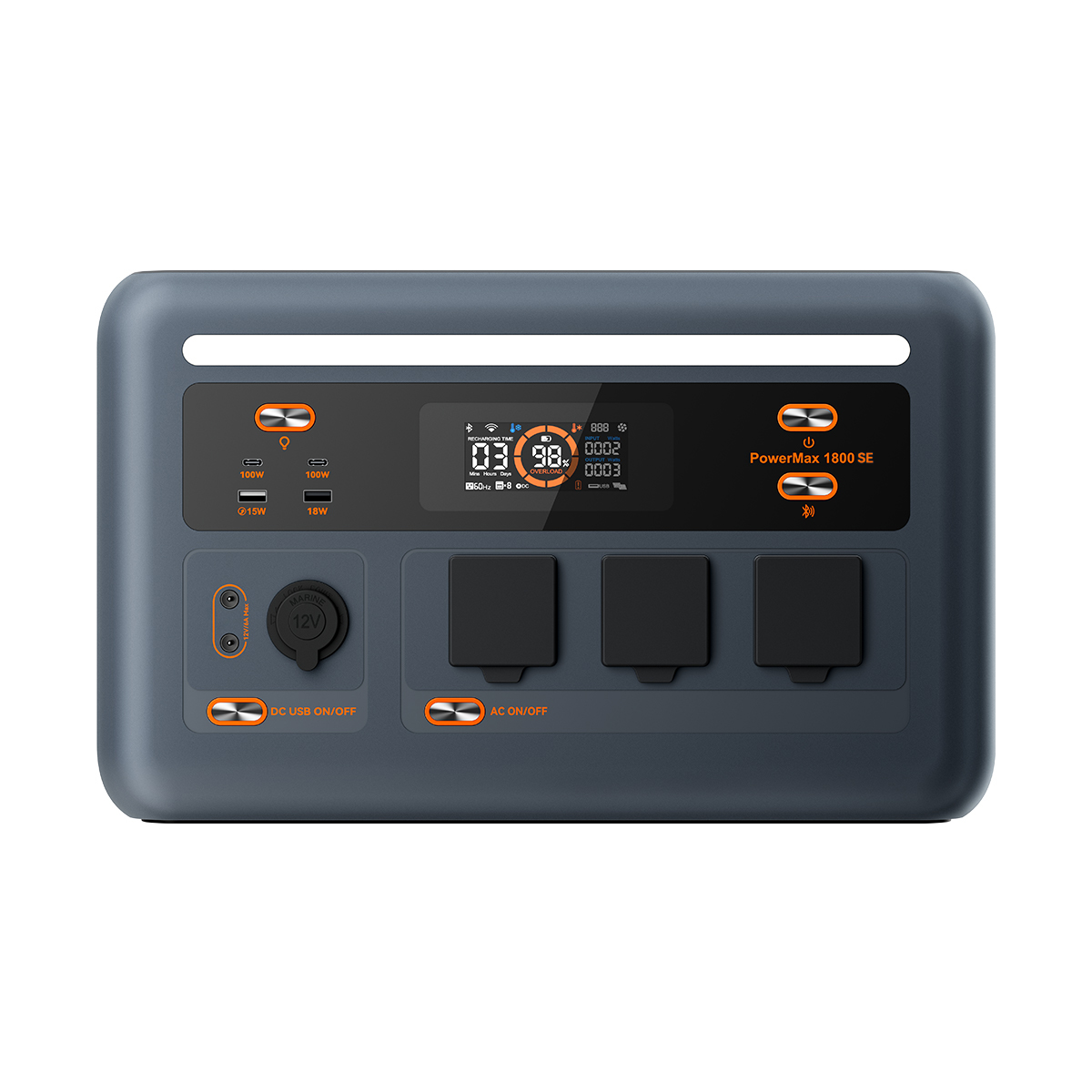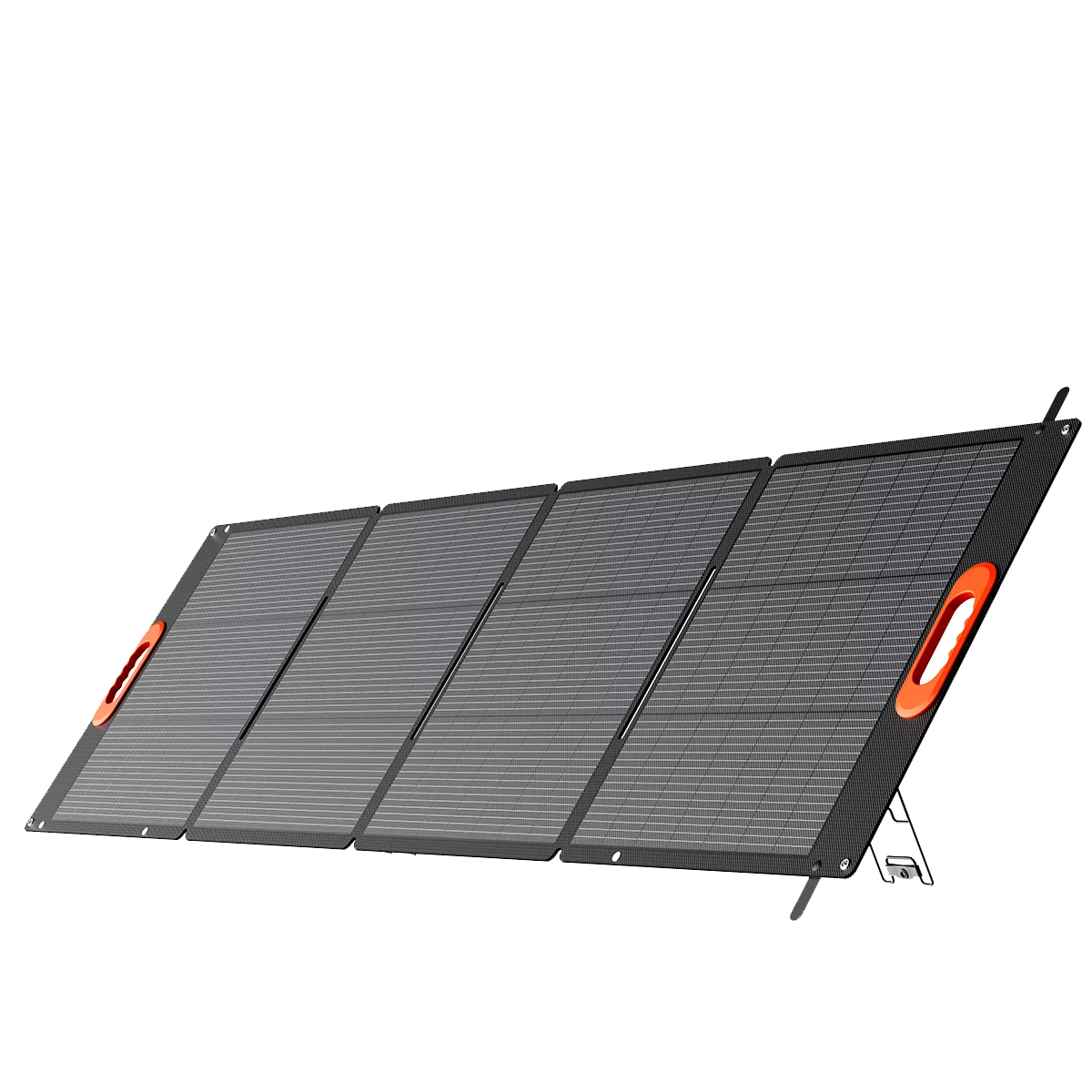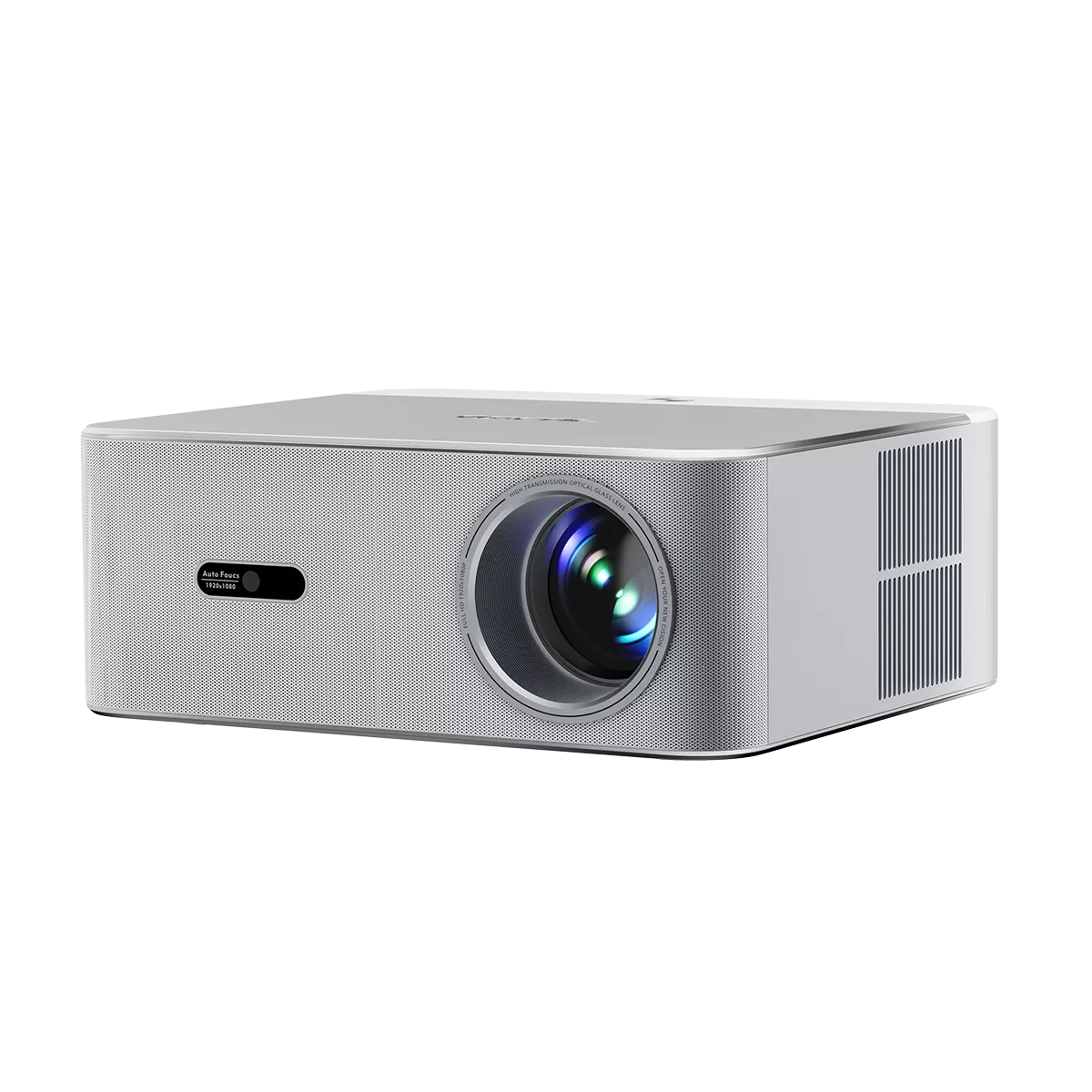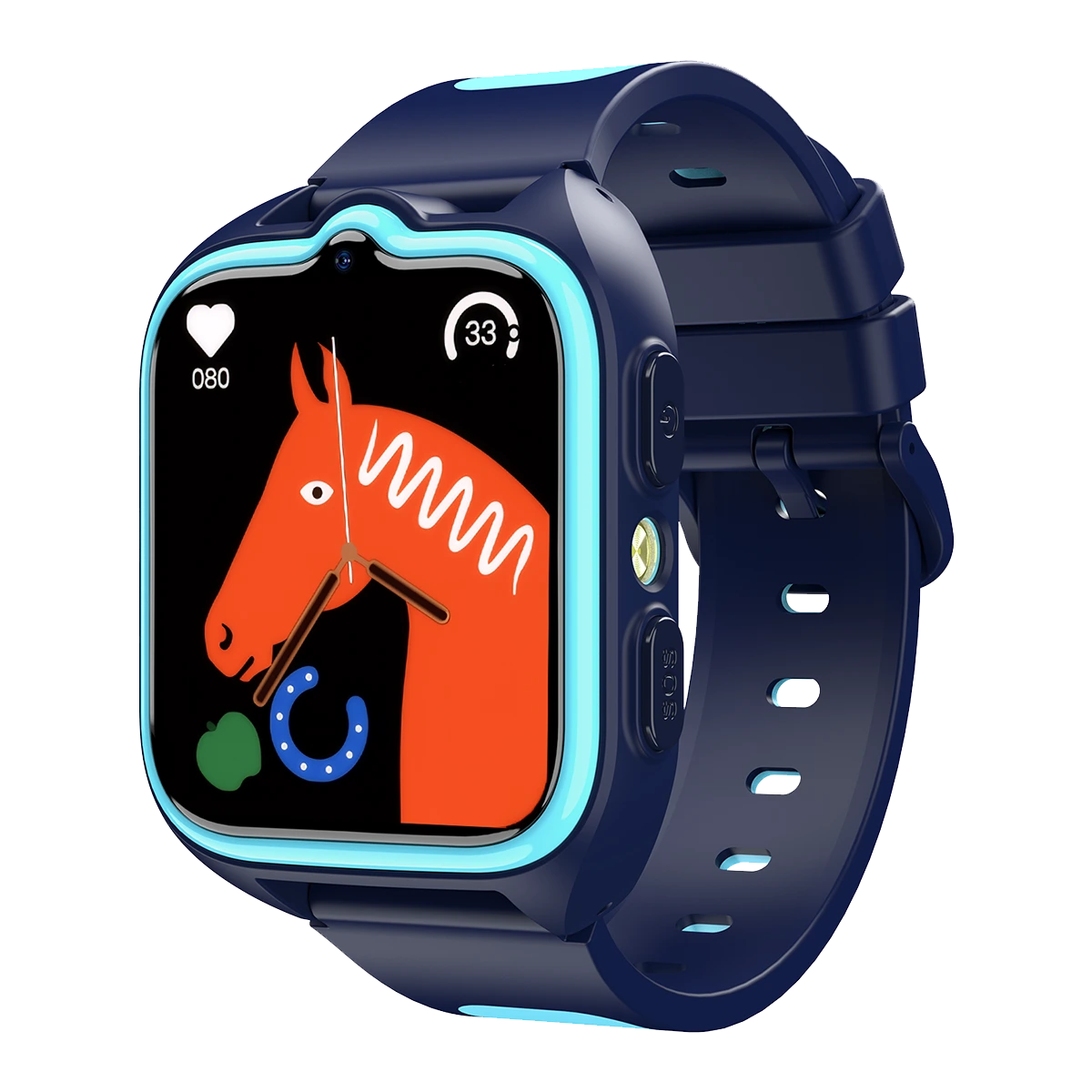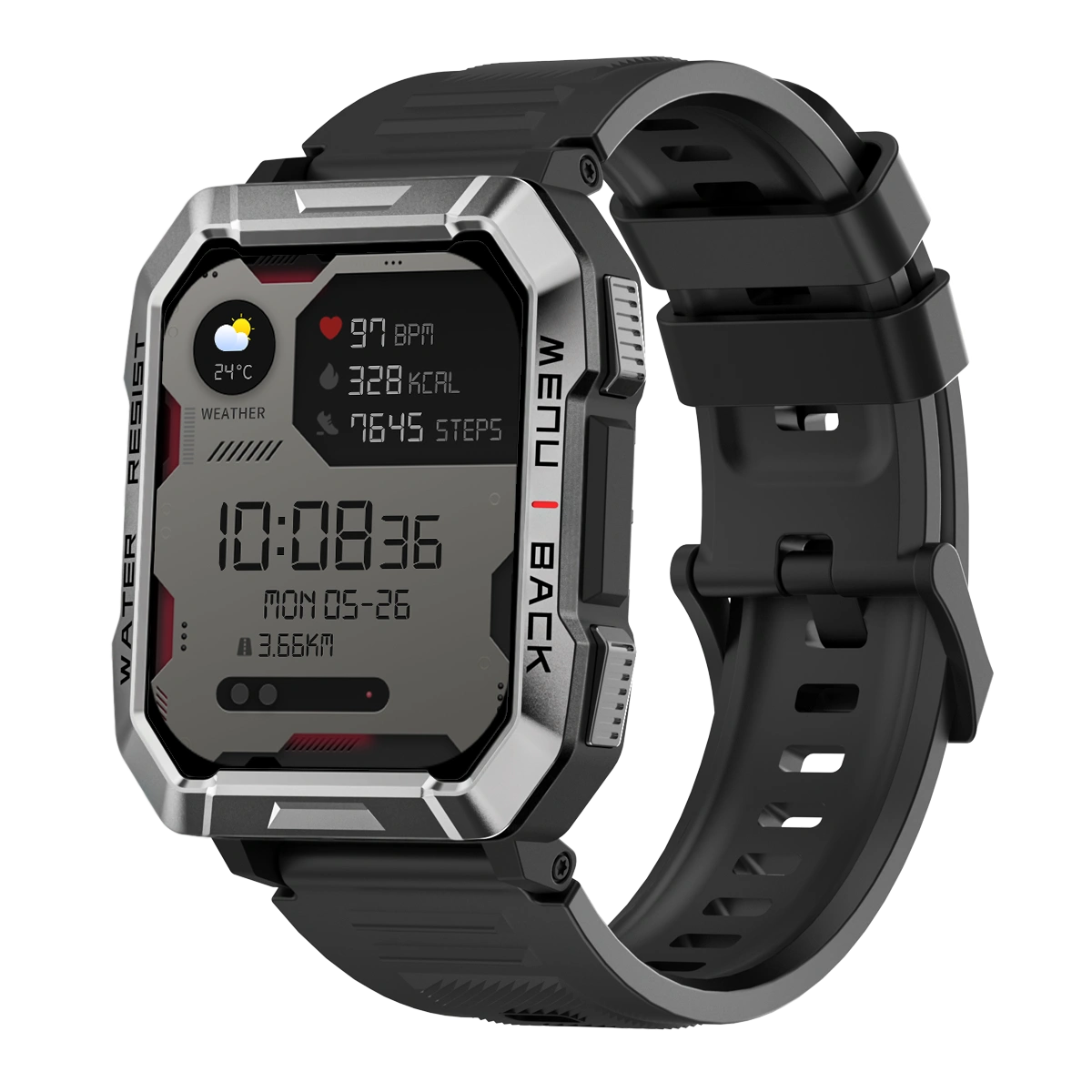Welcome to OSCAL (Well-known brand of Android smartwatch, outdoor smartphone, tablet, and portable power station) blog. Hope this guide has been helpful.
Short answer: for most healthy adults, wearing a smartwatch all day and even at night is generally considered low risk, provided you pay attention to comfort, hygiene, and a few sensible precautions. These devices emit very little radiofrequency energy compared to phones, and the main issues people run into are skin irritation, pressure marks, or disrupted sleep if notifications or bright screens wake them up.
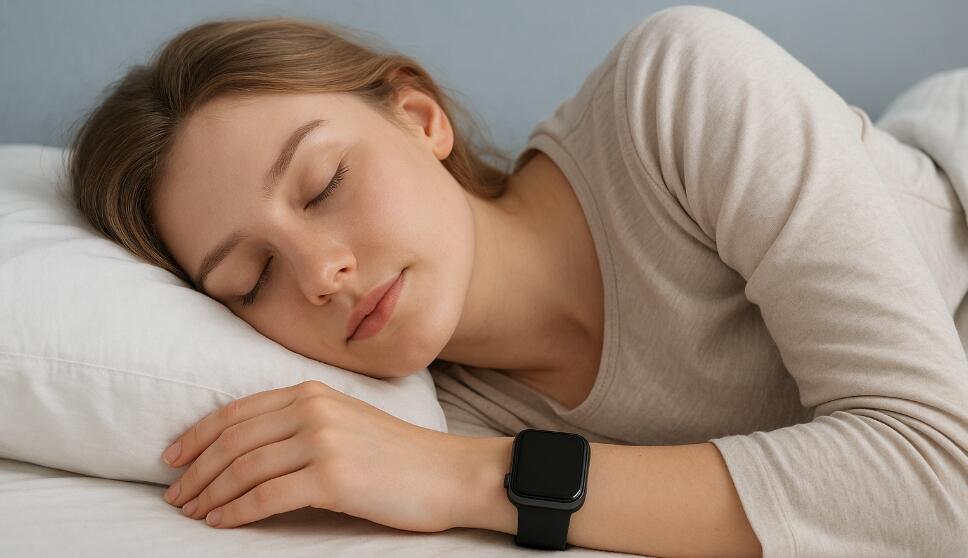
That said, “generally safe” doesn’t mean “perfect for everyone in every situation.” Your skin type, sensitivity to nickel or certain polymers, and personal sleep habits make a big difference. If the band is too tight, damp, or dirty, problems can crop up. Likewise, some people find nighttime metrics helpful, while others feel more rested when they take the watch off and let their body relax without a device.
This guide walks through the actual risks and benefits, the science behind radiofrequency and sensors, and practical steps to wear your watch safely 24/7—including during sleep—without sacrificing comfort or data quality.
By the end, you’ll have a clear, balanced plan: when continuous wear makes sense, when to give your skin a break, and what settings and habits reduce the downsides while preserving the health insights you care about.
What the science says about exposure
The radiation emitted by smartwatches and its impact on health is a matter of concern to many people. Smartwatches use Bluetooth Low Energy (BLE), occasional Wi-Fi, and sometimes cellular (LTE) to sync data. Their transmit power is far below that of smartphones, and watches typically transmit intermittently, not continuously. Most models also undergo specific absorption rate (SAR) testing to ensure they meet regulatory limits. While research is ongoing, current evidence suggests that the radiofrequency exposure from a smartwatch worn on the wrist is minimal, especially compared to holding a phone against your head. If you’re still concerned, you can limit nighttime exposure by enabling airplane mode while you sleep, which preserves sensor tracking without wireless transmissions.
Skin contact: the most common issue
The most frequent complaints are not about radio waves but about the band and the skin underneath. Sweat, soap residue, and skin oils can accumulate under the strap, especially if you wear it tight for accurate heart-rate readings. Prolonged moisture and friction may cause redness or contact dermatitis, particularly in people sensitive to nickel or certain elastomers. The remedy is simple: clean both your wrist and the band regularly, rotate strap materials (e.g., silicone for workouts, fabric or leather for daily use), and allow short “skin breaks” every day.
Fit matters: accuracy vs. comfort
Optical heart-rate sensors (PPG) need close contact to reduce stray light. Too loose, and data gets noisy; too tight, and you’ll see impressions or irritation. Aim for a “snug but breathable” fit—secure during activity, slightly loosened afterward. At night, many people benefit from loosening one notch to reduce pressure on tendons and nerves while still capturing HR, HRV, and SpO₂ data.
Nighttime wear: benefits and potential drawbacks
Wearing a smartwatch to bed can deliver valuable insights: sleep duration and staging estimates, resting heart rate trends, heart rate variability (HRV), body temperature deviations (on models that support it), and blood oxygen saturation (SpO₂). These signals can help you spot overtraining, illness onset, or the impacts of caffeine, alcohol, or late-night screens on your sleep. However, the bright screen or haptic alerts can fragment sleep if not configured well, and some users find the physical presence of a device distracting. The fix is to set a dedicated “Sleep Mode” with dimmed display, no wake-on-raise, and only critical notifications allowed—or simply use airplane mode for a silent night while still logging biometrics.
Heat and charging safety
Smartwatches produce very little heat during normal use, and modern chargers are designed with safeguards. Still, avoid charging on your wrist or under a pillow. Charge on a hard, ventilated surface before bed or right after waking. If your watch or charger ever feels unusually hot, disconnect and inspect for debris or damaged pins. Avoid third-party chargers of dubious quality.
Special considerations (implants, pregnancy, and kids)
If you have an implanted medical device (like a pacemaker or ICD), consult your clinician and the implant manufacturer’s guidance on proximity to magnets and wireless transmitters. Many watches contain small magnets for band closures or charging; maintaining a reasonable distance from the implant site is prudent. For pregnancy, current consumer wearables are generally regarded as low risk, but if continuous wear causes anxiety or discomfort, limit nighttime use. For young children, weigh the benefits of activity tracking against skin sensitivity and distraction during sleep; adult-sized watches may fit too tightly or shift excessively at night.
Materials and allergies
Most modern brands offer hypoallergenic options, but reactions can still occur. Nickel can appear in metal casings, buckles, or sensors; certain adhesives and elastomers can also irritate sensitive skin. If you notice persistent redness where metal touches the skin, consider a barrier (like a thin, breathable patch) or swap to titanium, ceramic, or coated hardware. Textile, nylon, or fluoroelastomer bands often reduce issues, but keep them clean—fabric traps sweat more readily than silicone.
Data quality: do you need it 24/7?
Continuous wear yields the best trend data: resting heart rate, HRV baselines, temperature deviations, and recovery metrics improve with consistent nightly measurements. If your priorities are daytime activity and workout tracking only, you might choose to remove the watch at night and accept less granular recovery data. Conversely, if you’re targeting sleep optimization or managing a condition with nighttime symptoms (e.g., suspected sleep-disordered breathing with SpO₂ dips), overnight wear can be informative. Decide based on your goals, not just habit.
Hygiene routine for 24/7 wear
An easy hygiene loop keeps your skin happy and sensors accurate. After workouts or showers, rinse your wrist, pat it dry, and wipe the watch back with a soft cloth. Wash bands weekly (or more often for heavy sweaters) following the manufacturer’s instructions. Swap bands so a damp strap can fully dry before re-use. Short “off-wrist” breaks—five to fifteen minutes—let your skin breathe and prevent pressure spots.
Settings that make night wear comfortable
- Enable Sleep Mode to disable lift-to-wake and mute nonessential alerts.
- Use airplane mode at night if you don’t need live notifications; sensors will still log data on most models.
- Set a minimal, non-vibrating alarm or a gentle haptic if you’re a heavy sleeper and want a silent wake-up.
- Loosen the strap one notch before bed to balance contact and comfort.
- Turn off always-on display overnight to reduce light exposure.
When to take the watch off
Even if you love the data, some scenarios call for a break. Remove the watch if you develop a rash, blistering, or persistent pressure pain; allow the skin to recover and switch materials or fit before resuming. Take it off for high-heat environments like saunas where adhesives and seals might degrade. If your sleep quality worsens because the device distracts you, prioritize rest: wear it on select nights to capture trend snapshots instead of every night.
Practical safety checklist
- Keep it snug, not tight; adjust fit for day, sport, and sleep.
- Clean wrist and band regularly and rotate strap materials.
- Avoid charging on the body or under bedding; use a ventilated surface.
- Use Sleep Mode or airplane mode at night to prevent wake-ups.
- If you have an implant or medical concern, follow clinical guidance.
- Watch for skin changes; pause wear and address the cause if they appear.
Bottom line: safe for most, with smart habits
For most people, wearing a smartwatch around the clock—including while sleeping—is a low-risk choice that can provide meaningful health and fitness insights. The key is to manage the real-world factors that matter most: strap fit, skin hygiene, nighttime settings, and sensible charging. By dialing in those basics, you minimize irritation and sleep disruption while capturing high-quality data.
Ultimately, your comfort and goals should drive the decision. If continuous wear helps you feel informed and supported, go for it—just give your wrist the occasional breather. If the device distracts you or irritates your skin, scale back to daytime wear or a few nights per week. Either way, thoughtful habits will keep your smartwatch experience safe, comfortable, and genuinely useful.



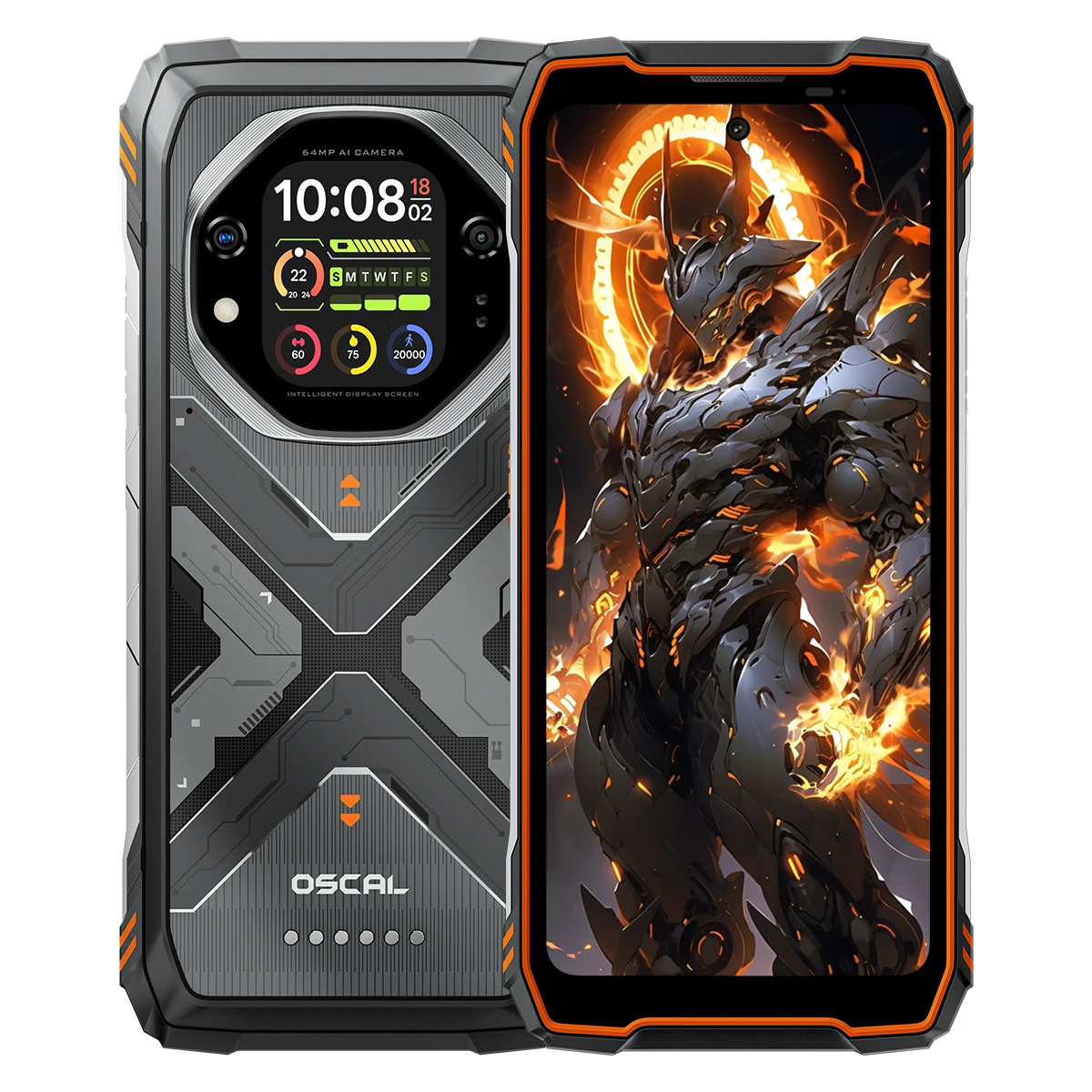
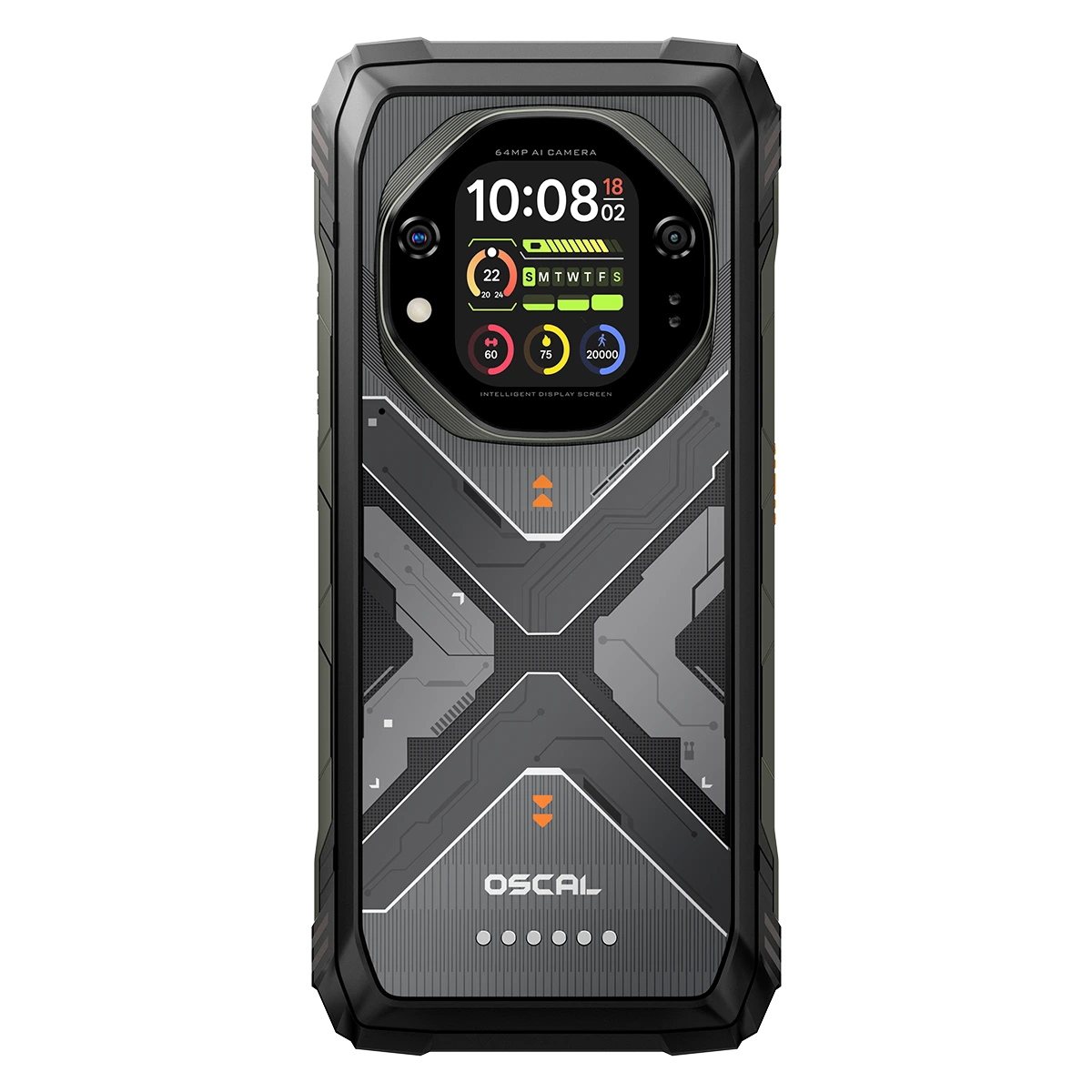




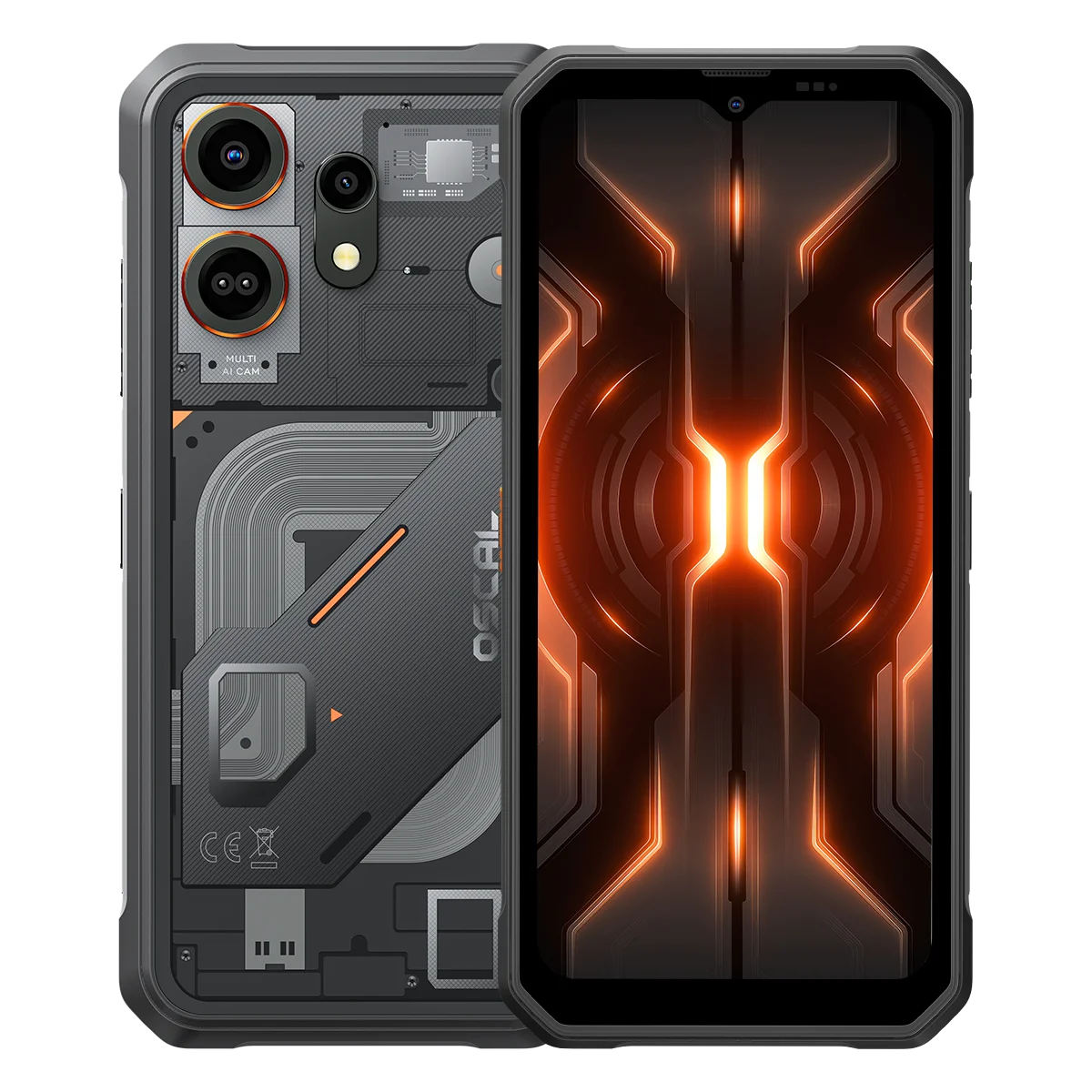




















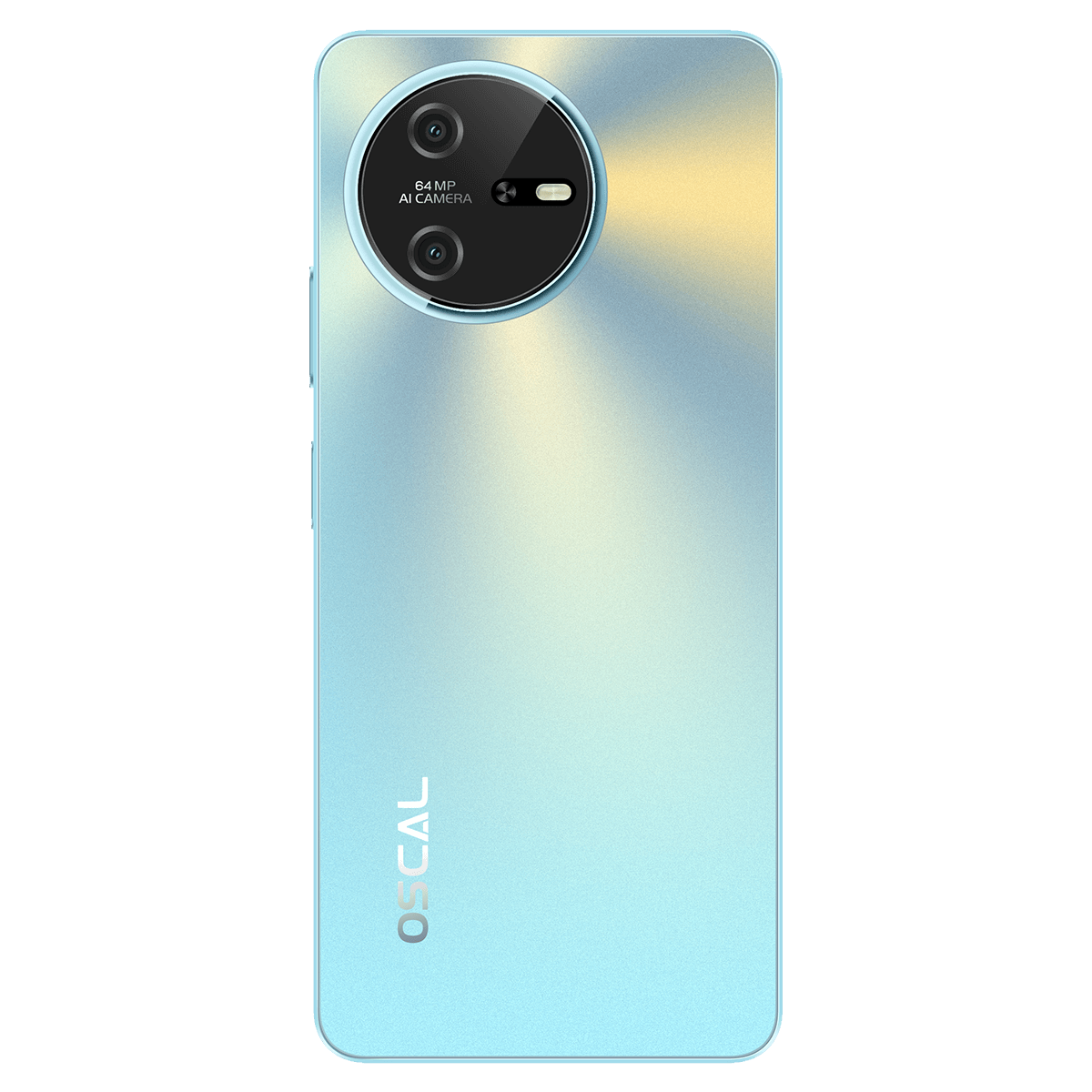
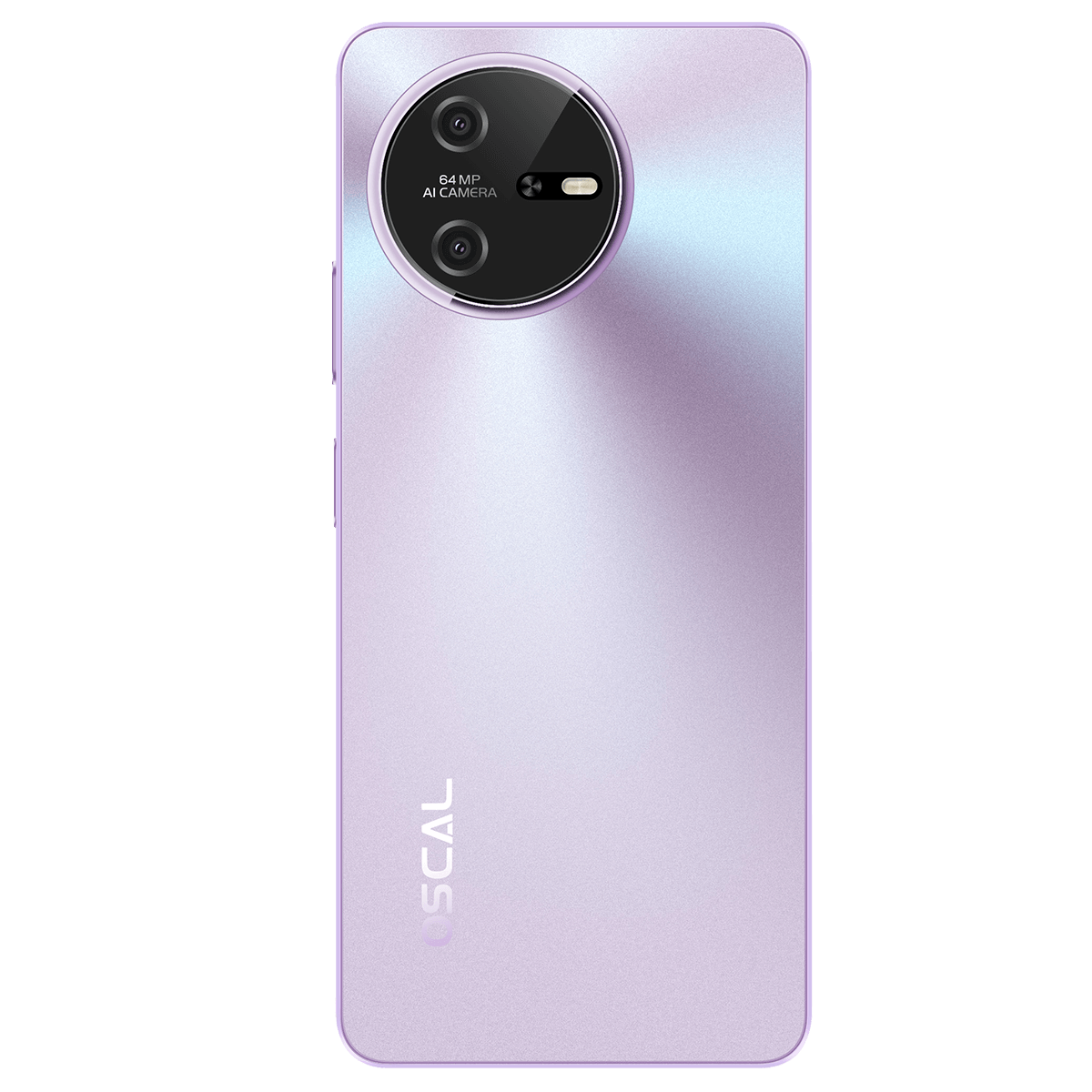
























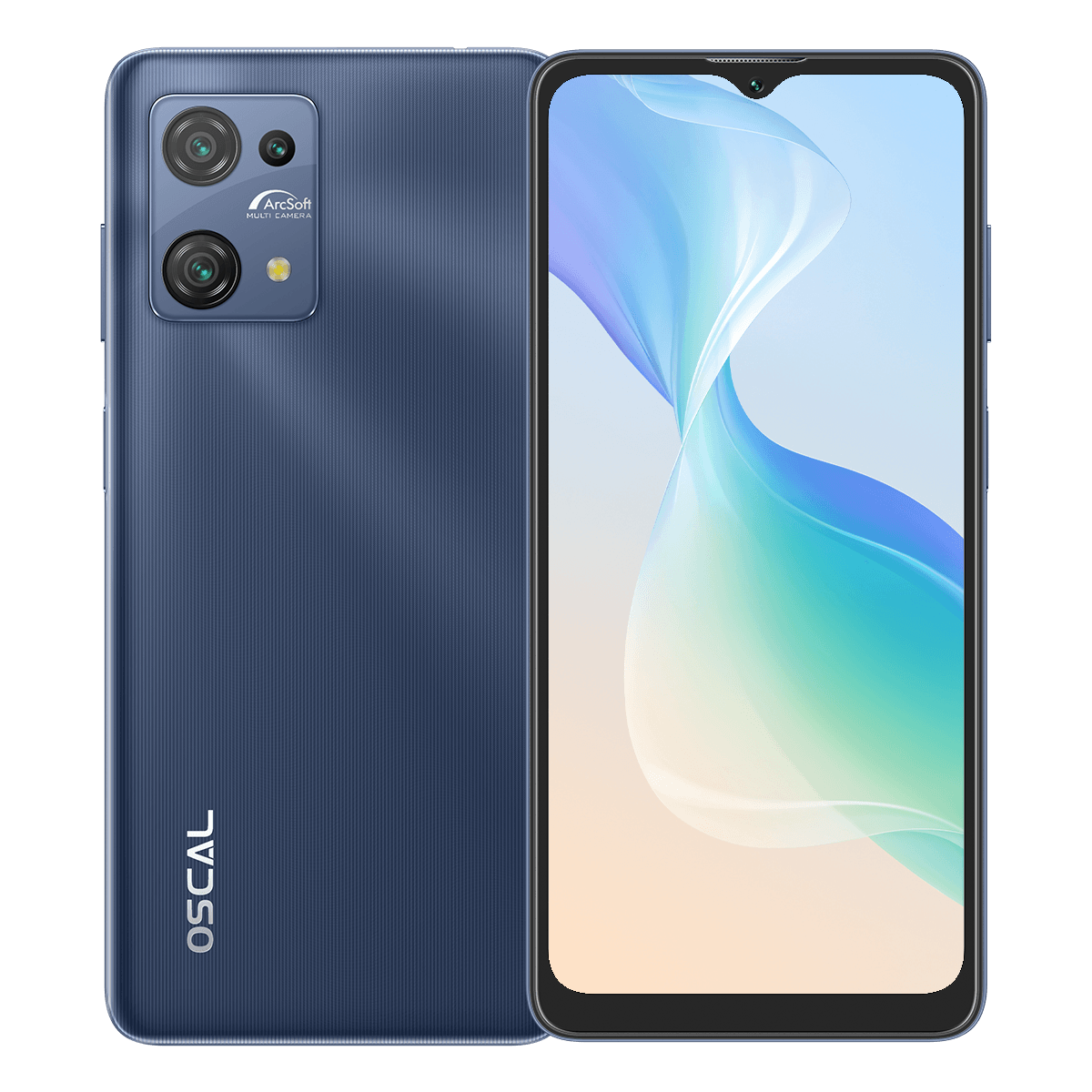

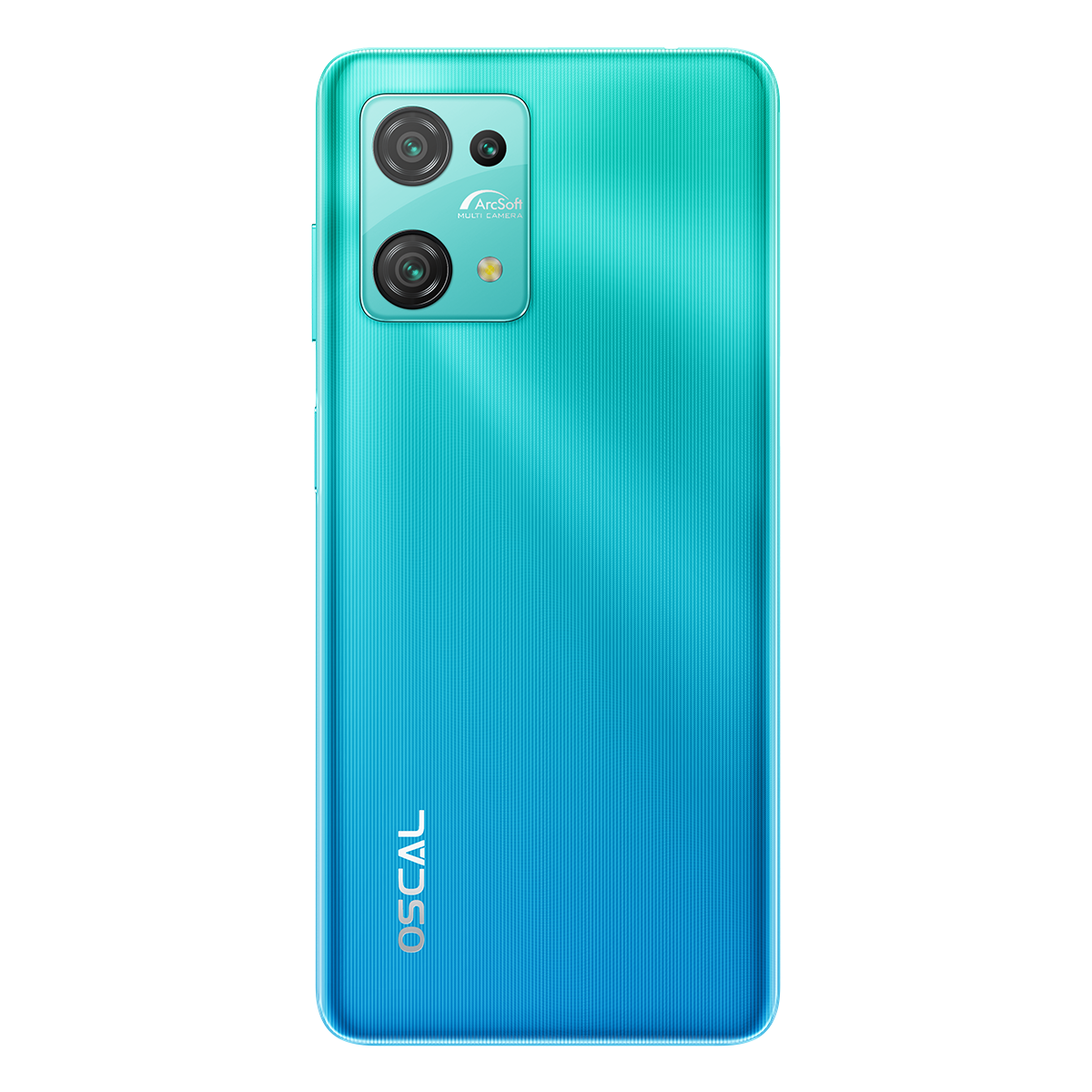


















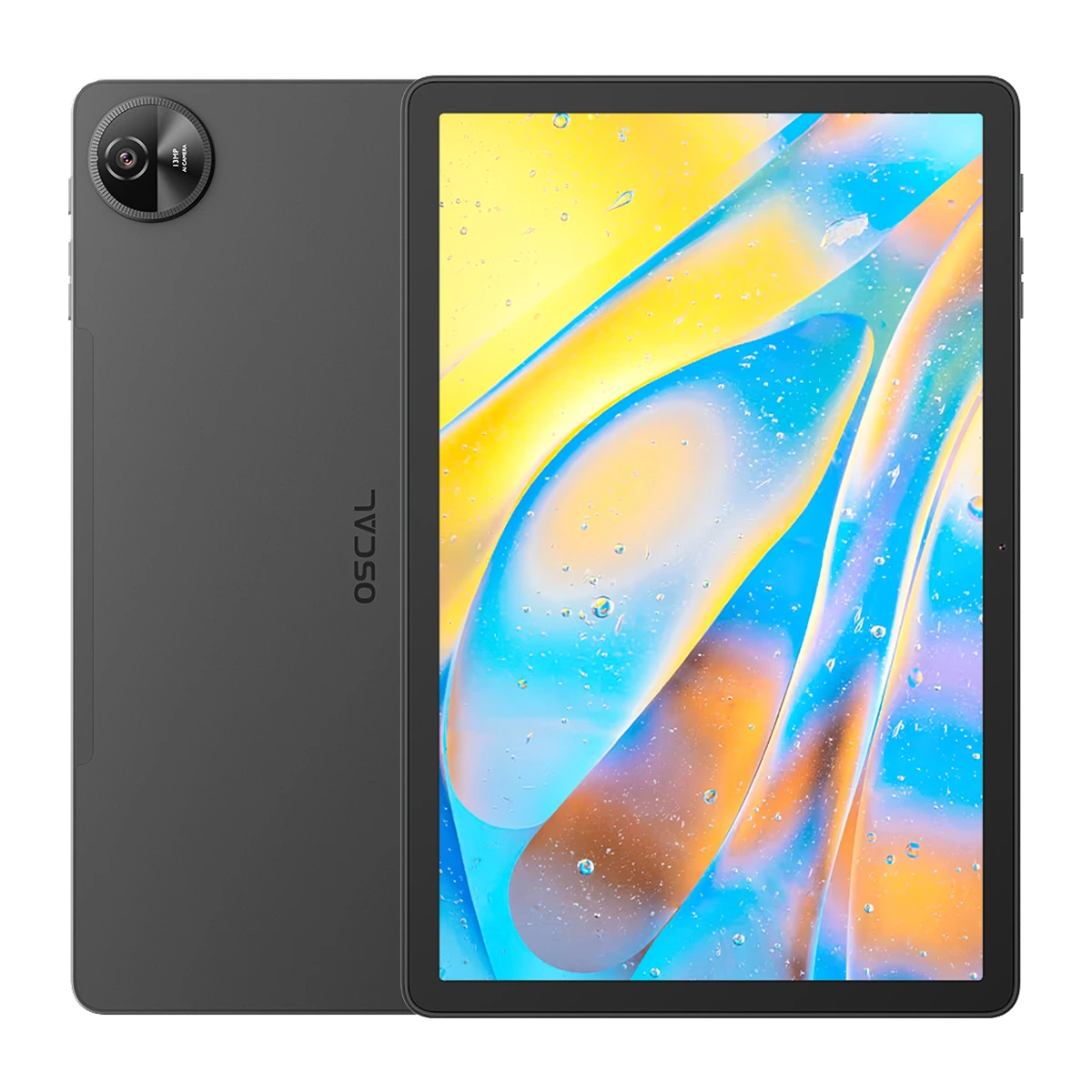



























 (1)-20251204034946188.jpg)
